This is a weekly report from the I&R (Infrastructure & Release Engineering) Team. We provide you both infographic and text version of the weekly report. If you just want to quickly look at what we did, just look at the infographic. If you are interested in more in depth details look below the infographic.
Week: 7th – 11th July 2025

Infrastructure & Release Engineering
The purpose of this team is to take care of day to day business regarding CentOS and Fedora Infrastructure and Fedora release engineering work.
It’s responsible for services running in Fedora and CentOS infrastructure and preparing things for the new Fedora release (mirrors, mass branching, new namespaces etc.).
List of planned/in-progress issues
Fedora Infra
- In progress:
- Is Hyperkitty search for the devel@ broken?
- [FMTS] TLS certificate for centos-koji service is about to expire in 30 days
- [FMTS] TLS certificate for git-hooks service is about to expire in 30 days
- [FMTS] TLS certificate for batcave service is about to expire in 30 days
- [FMTS] TLS certificate for gitlab-centos service is about to expire in 30 days
- [FMTS] TLS certificate for fmc service is about to expire in 30 days
- Please register my testing instance of Fedora Infrastructure apps to OIDC
- Forgejo: Owner access to @jflory7 for @CommOps
- Move copr_hypervisor group from iptables to nftables
- tmpwatch removed from ansible
- Link in staging distgit instance leads to prod auth
- re-add datagrepper nagios checks (and add to zabbix?)
- Fix logrotate on kojipkgs01/02
- 2025 datacenter move (IAD2->RDU3)
- Broken link for STG IPA CA certificate, needed for staging CentOS Koji cert
- [CommOps] Open Data Hub on Communishift
- retire easyfix
- Deploy Element Server Suite operator in staging
- Pagure returns error 500 trying to open a PR on https://src.fedoraproject.org/rpms/python-setuptools-gettext
- maubot-meetings bot multi line paste is cut
- Move OpenShift apps from deploymentconfig to deployment
- The process to update the OpenH264 repos is broken
- httpd 2.4.61 causing issue in fedora infrastructure
- Support allocation dedicated hosts for Testing Farm
- EPEL minor version archive repos in MirrorManager
- Add fedora-l10n pagure group as an admin to the fedora-l10n-docs namespace projects
- vmhost-x86-copr01.rdu-cc.fedoraproject.org DOWN
- Add yselkowitz to list to notify when ELN builds fail
- Cleaning script for communishift
- Move from iptables to firewalld
- Port apps to OIDC
- Help me move my discourse bots to production?
- Migration of registry.fedoraproject.org to quay.io
- Done:
- pagure.io spammer: ayla4
- tar tool missing at fedorapeople.org
- Fetching a CentOS packager certificate fails after datacenter move
- noggin/accounts not syncing with ipa
- Fedpack new source $source fail giving 403 on upload
- Logging in to Weblate via a Fedora account (SSO) is still failing after the datacentre move.
- Anitya rate-limited after DC move
- Increase fedorapeople space for dustymabe
- no Matrix notifications from FMN since June 15
- Planned Outage – Datacenter Move outage – 2025-06-30 01:00 UTC
CentOS Infra including CentOS CI
- In progress:
- Done:
Release Engineering
- In progress:
- Transfer/orphan packages owned by rdieter
- Request the permissions to edit packages on dist-git and be able to unblock tags in Koji
- Add https://status.fedoraproject.org/ link to new issue template
- F43 system-wide change: GNU Toolchain update for F43 https://fedoraproject.org/wiki/Changes/GNUToolchainF43
- Stuck update
- `–no-git-branch` option to fedpkg request-branch and creating the branch manually doesn’t work as expected
- msedit: Delete commit
- F39 Archives are still not cleaned up
- Fedora-KDE-42-1.1-x86_64-CHECKSUM has wrong ISO filename
- F40 end of life
- Turn EPEL minor branching scripts into playbooks
- Mass retirement of packages with uninitialized rawhide branch
- 300+ F42FTBFS bugzillas block the F41FTBFS tracker
- Packages that have not been rebuilt in a while or ever
- Send compose reports to a to-be-created separate ML
- Could we have fedoraproject-updates-archive.fedoraproject.org for Rawhide?
- Investigate and untag packages that failed gating but were merged in via mass rebuild
- a few mass rebuild bumps failed to git push – script should retry or error
- Package retirements are broken in rawhide
- Update pungi filters
- Implement checks on package retirements
- Untag containers-common-0.57.1-6.fc40
- Provide stable names for images
- Packages that fail to build SRPM are not reported during the mass rebuild bugzillas
- When orphaning packages, keep the original owner as co-maintainer
- Create an ansible playbook to do the mass-branching
- RFE: Integration of Anitya to Packager Workflow
- Fix tokens for ftbfs_weekly_reminder. script
- Update bootloader components assignee to “Bootloader Engineering Team”for Improved collaboration
- Done:
- Process approved non-responsive maintainer ticket for fab
- Broken fork fork/churchyard/rpms/rit-keraleeyam-fonts
- package gupnp-igd not in list for tag epel10.[01]-testing-candidate
- Stalled epel10 branch for gc
- fedpkg clone not working?
- Stalled package epel10 gtksourceview3
- evaluate proposed F43 change for preserving debuginfo in static .a libraries
- EPEL 8 x86_64 won’t sync with Red Hat Satellite
- Broken fork
- Request for permissions to make changes on torrent server
List of new releases of apps maintained by I&R Team
- Patch update of Anitya from 2.0.0 to 2.0.1 on 2025-07-03: https://github.com/fedora-infra/anitya/releases/tag/2.0.1
If you have any questions or feedback, please respond to this report or contact us on #redhat-cpe channel on matrix.
The post Infra and RelEng Update – Week 28 2025 appeared first on Fedora Community Blog.







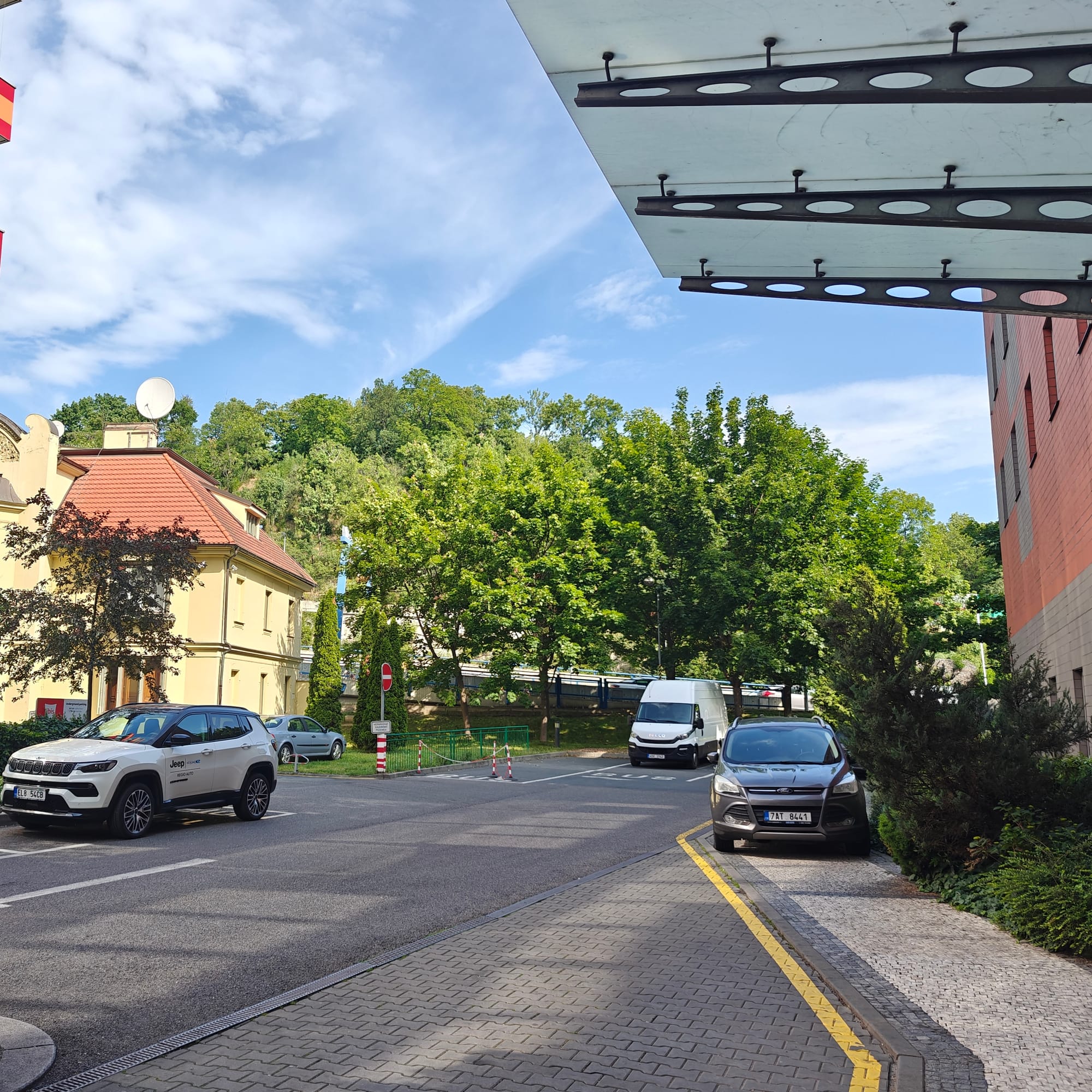


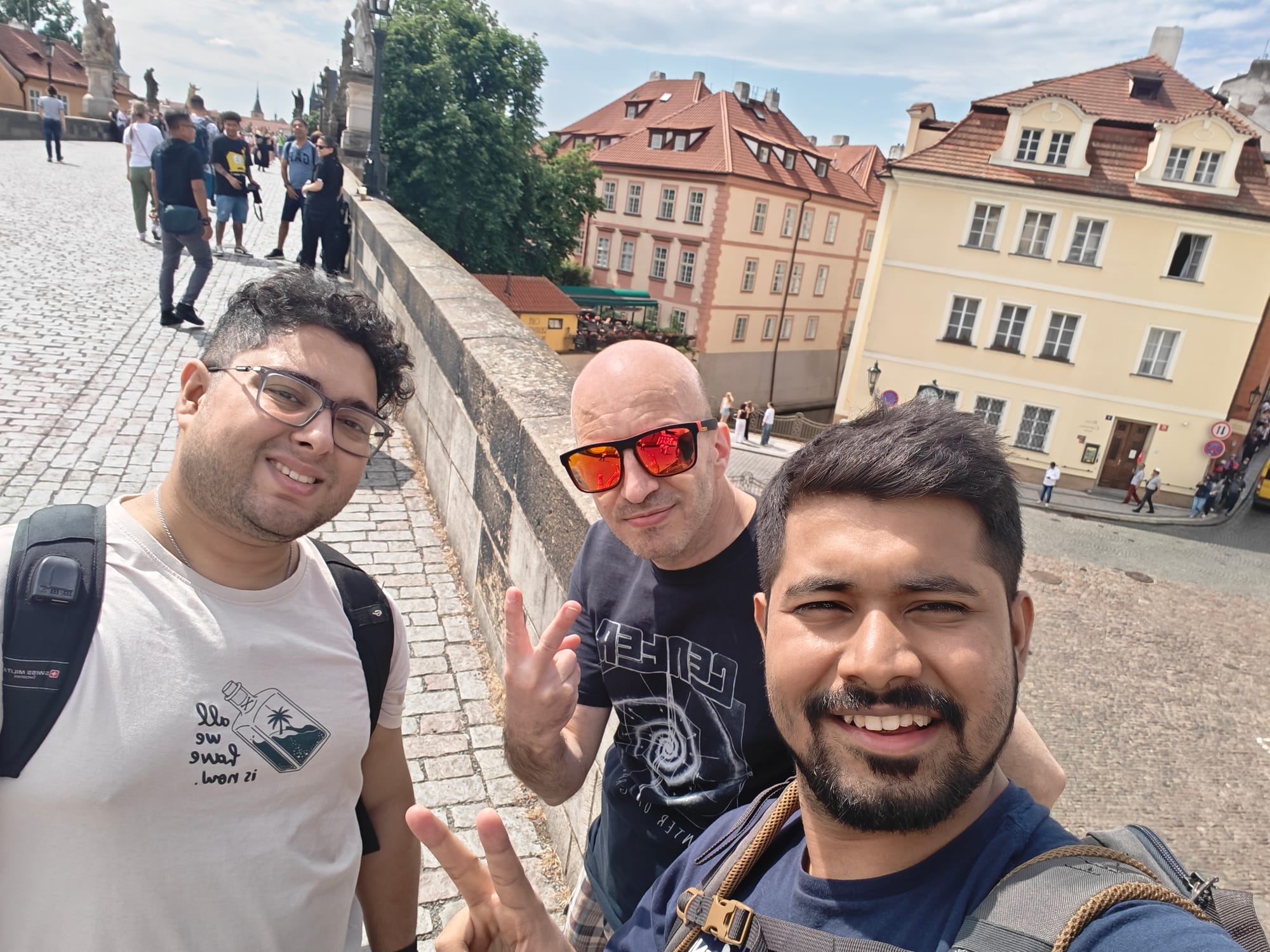
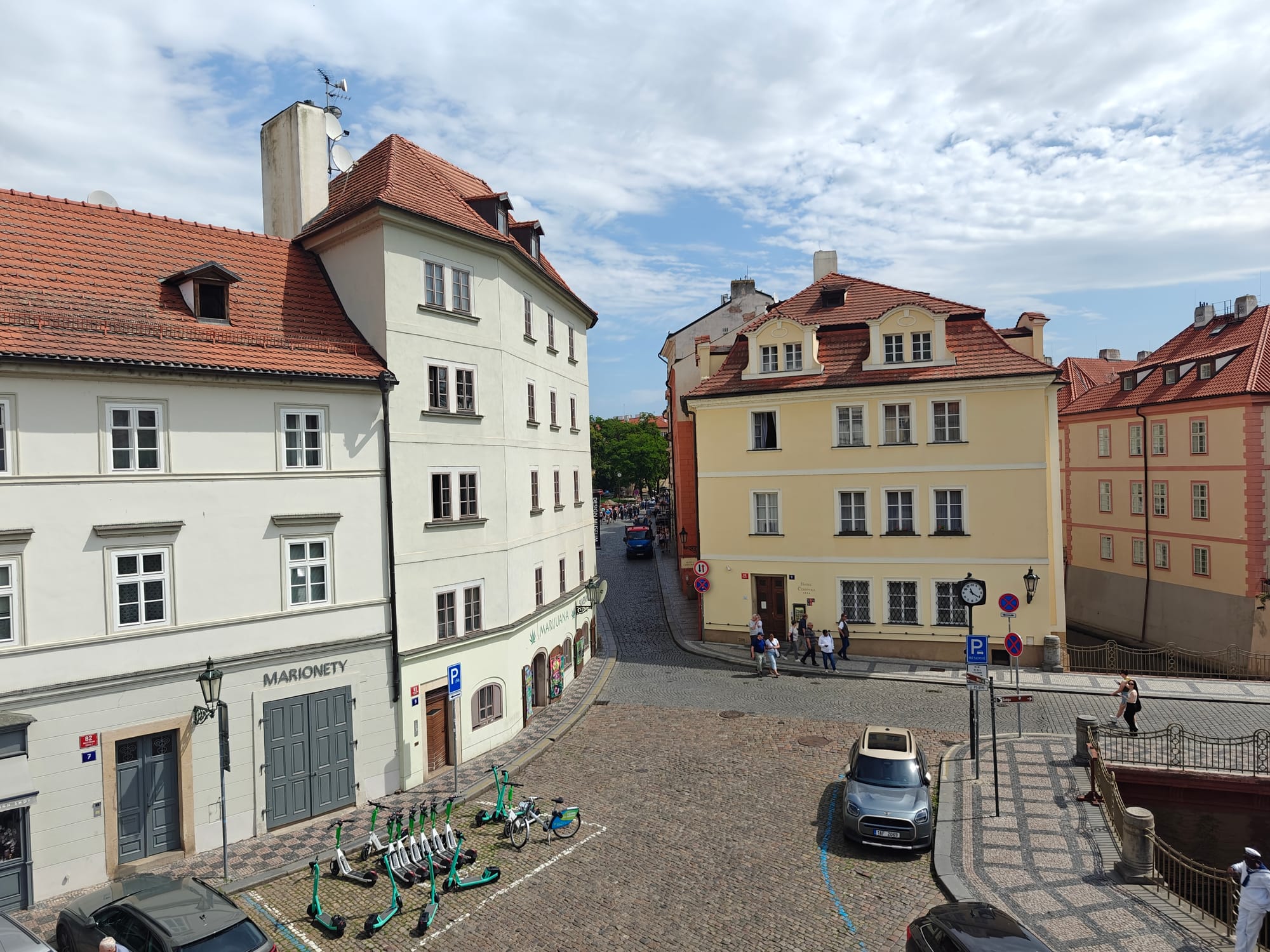




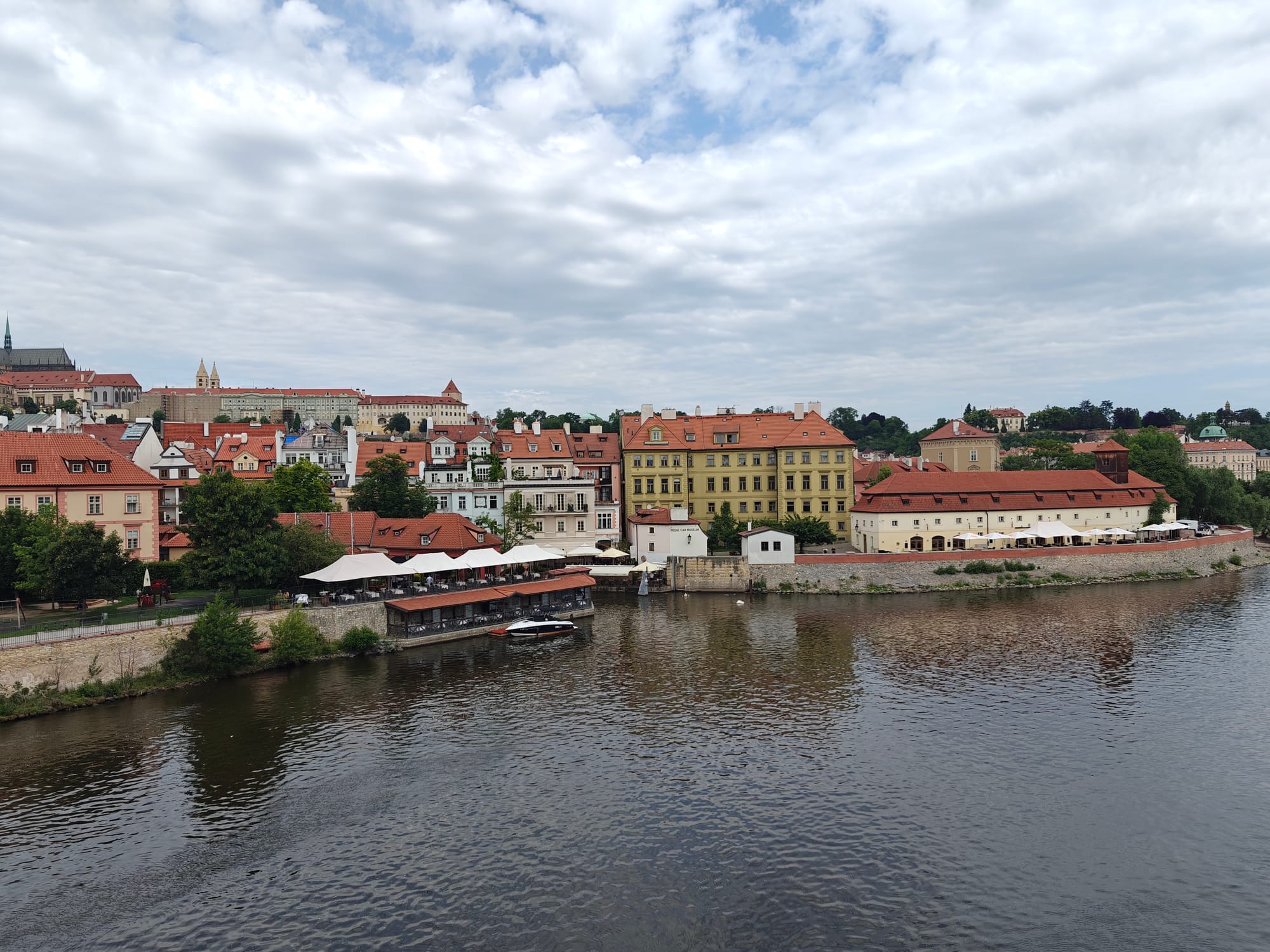

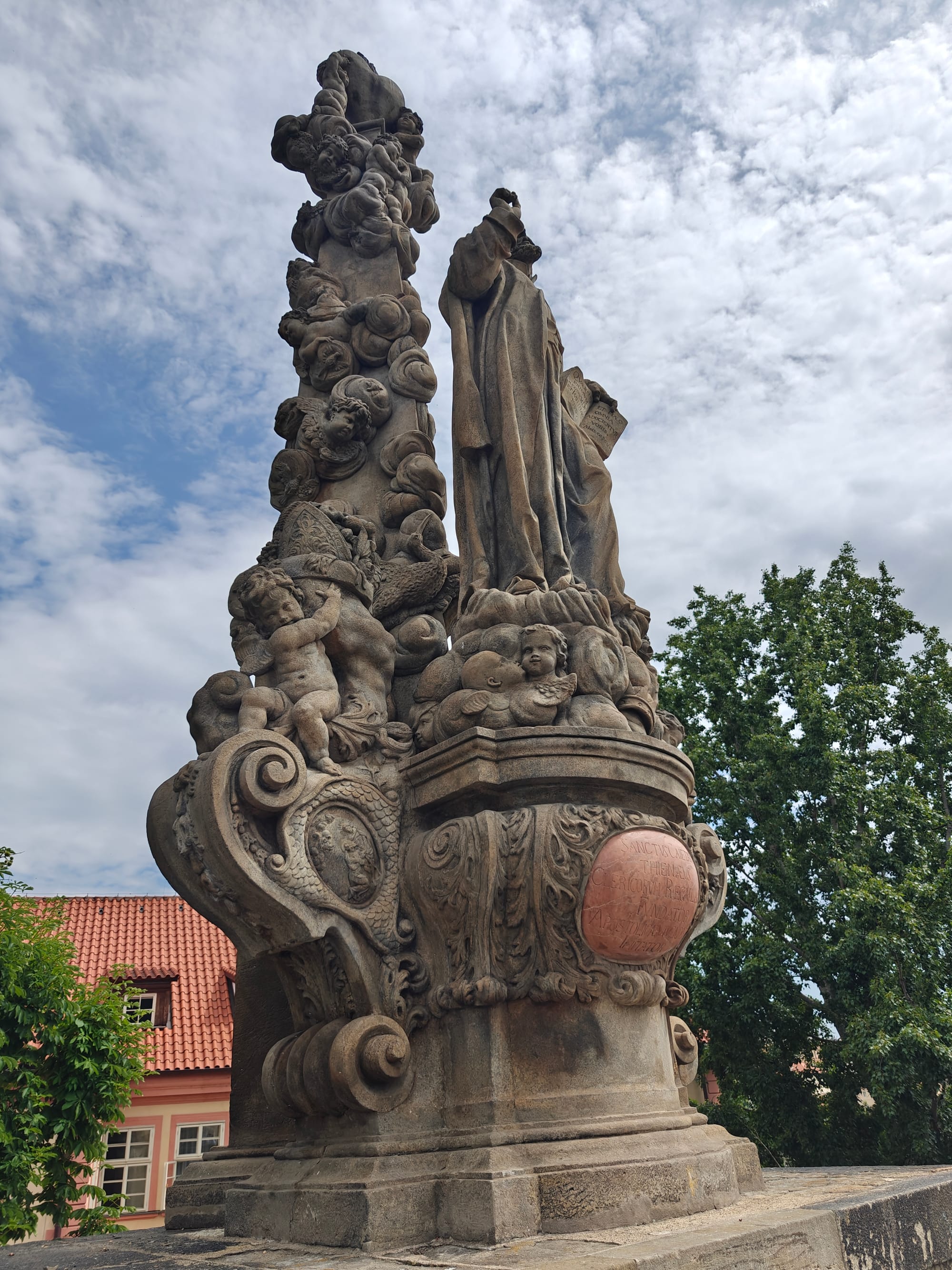





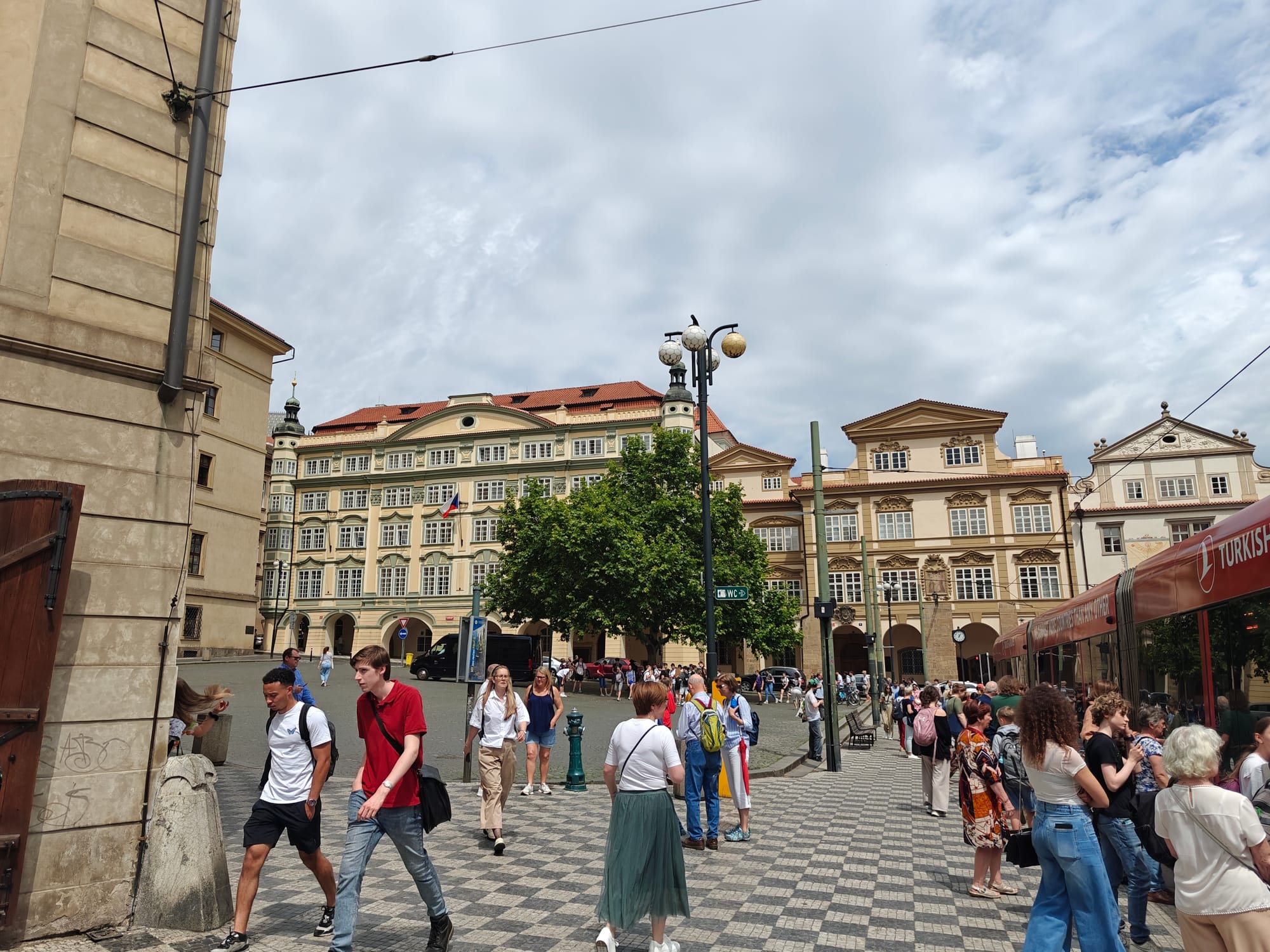
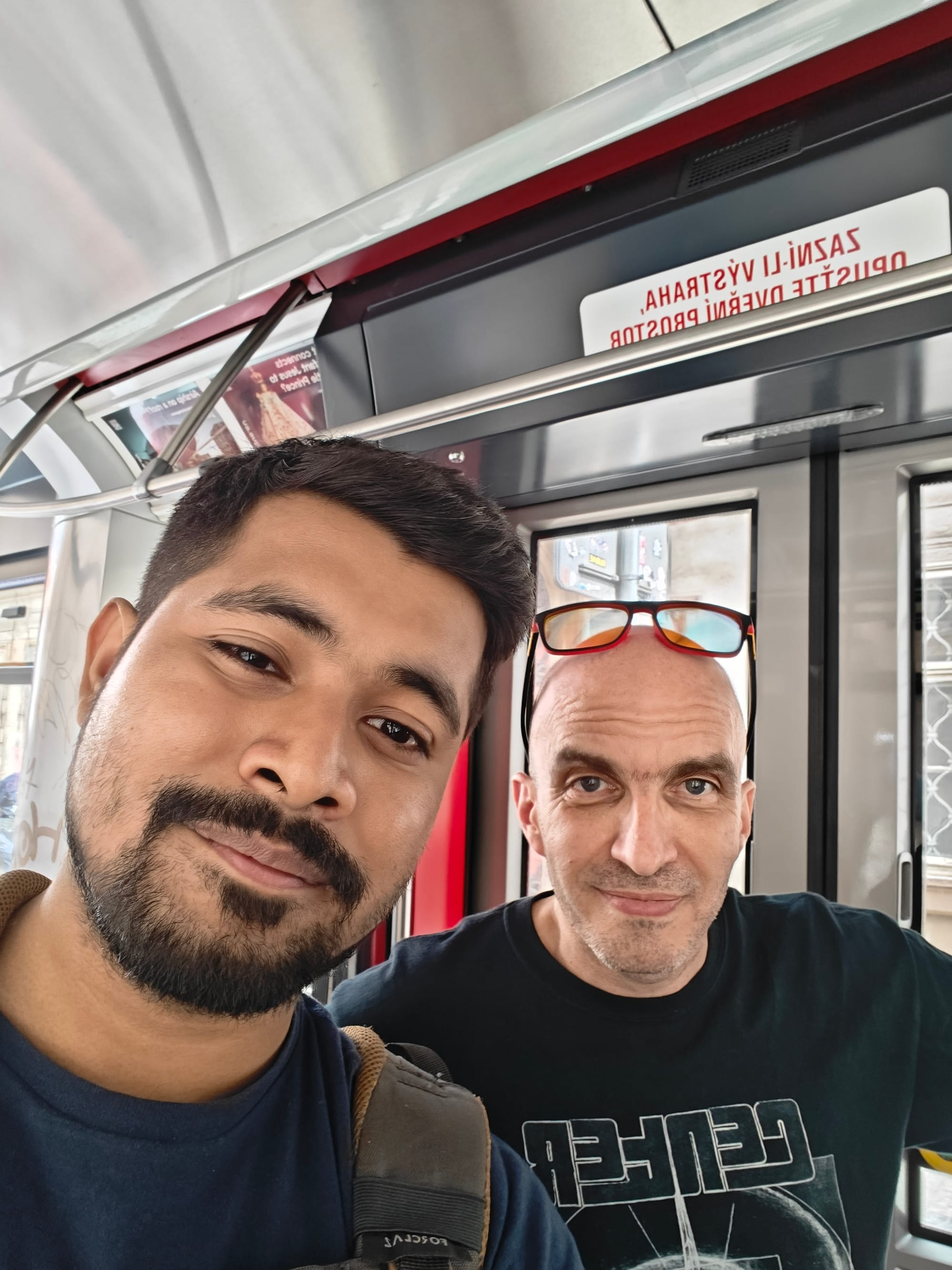
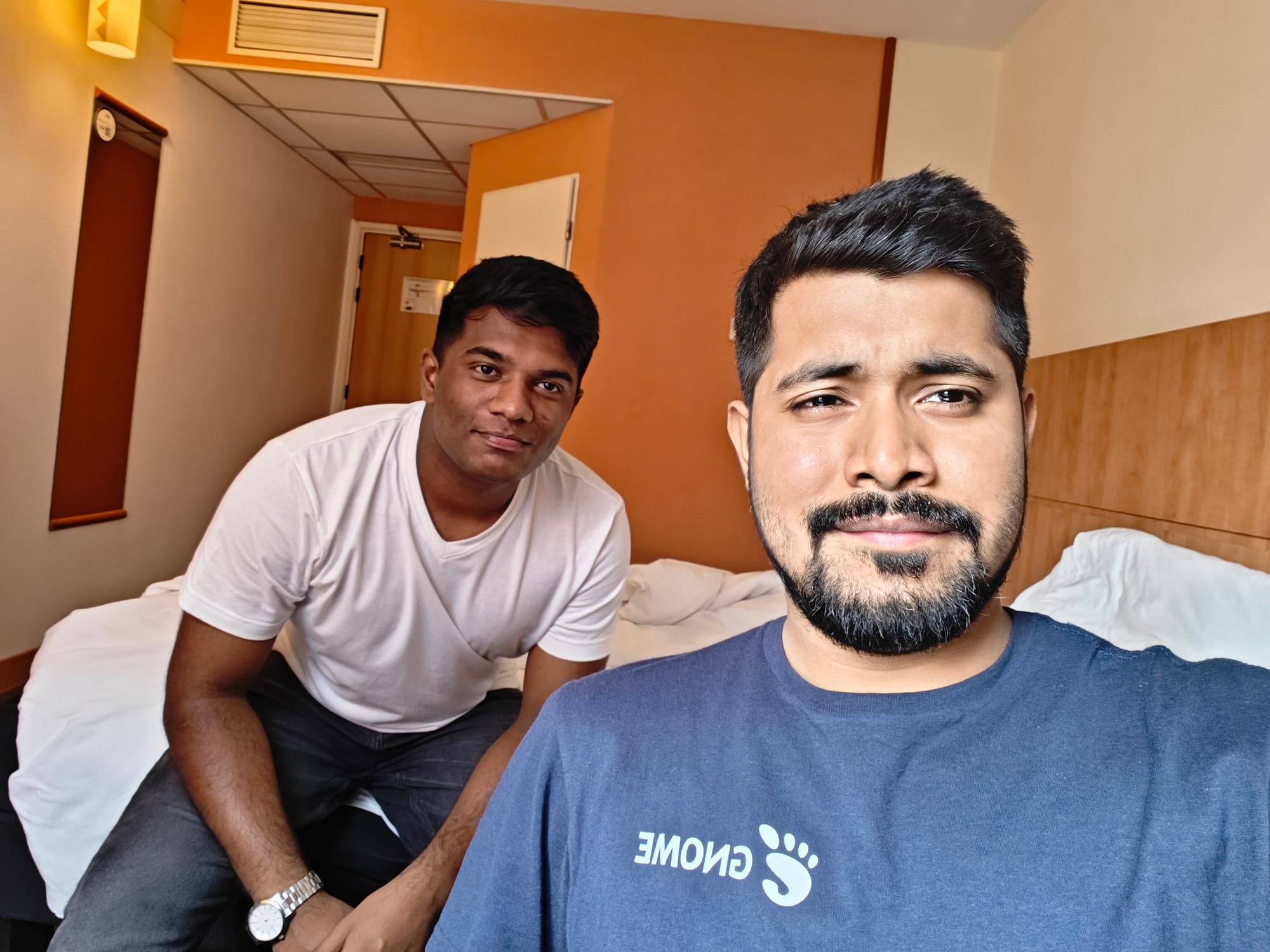

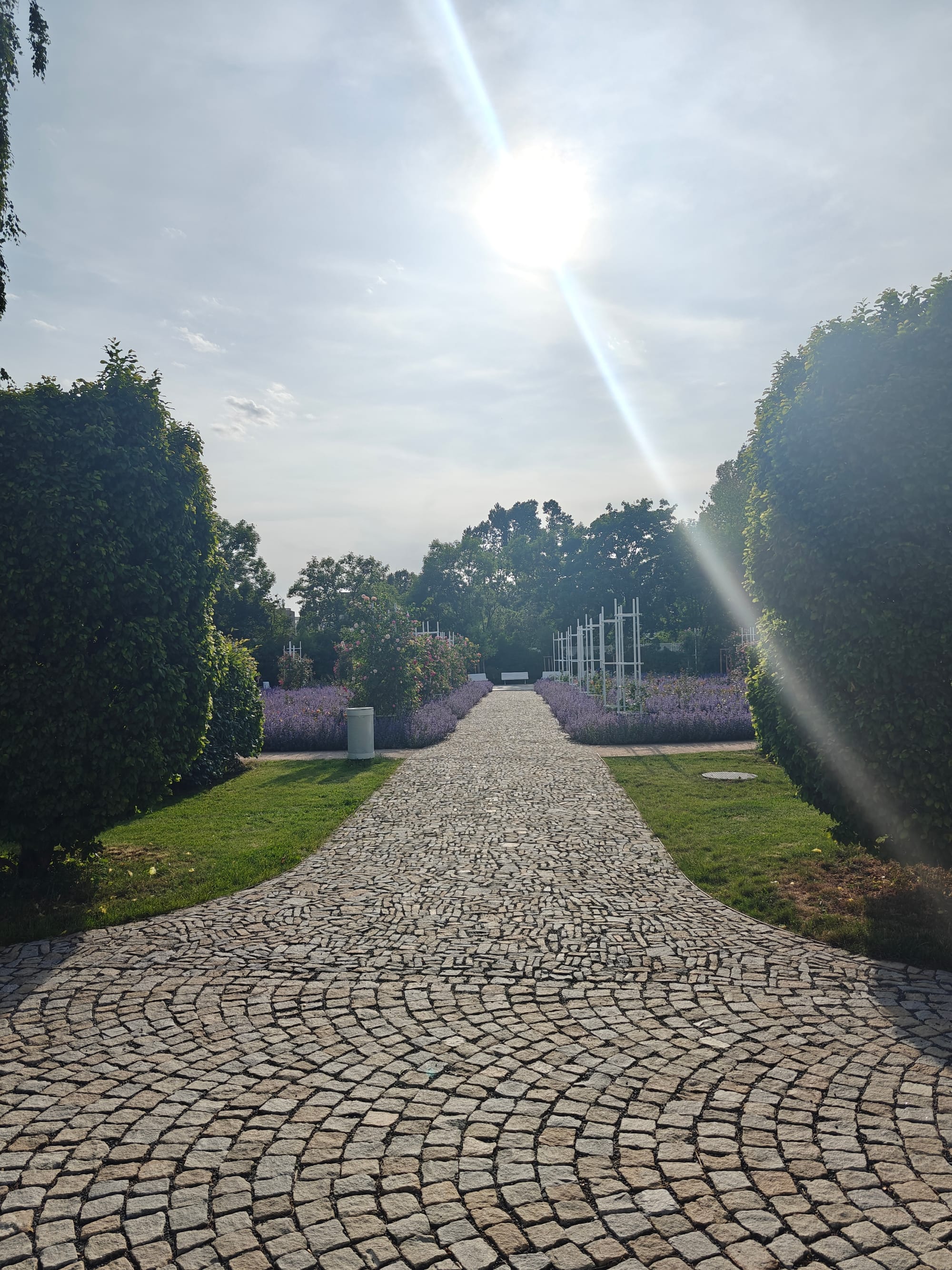


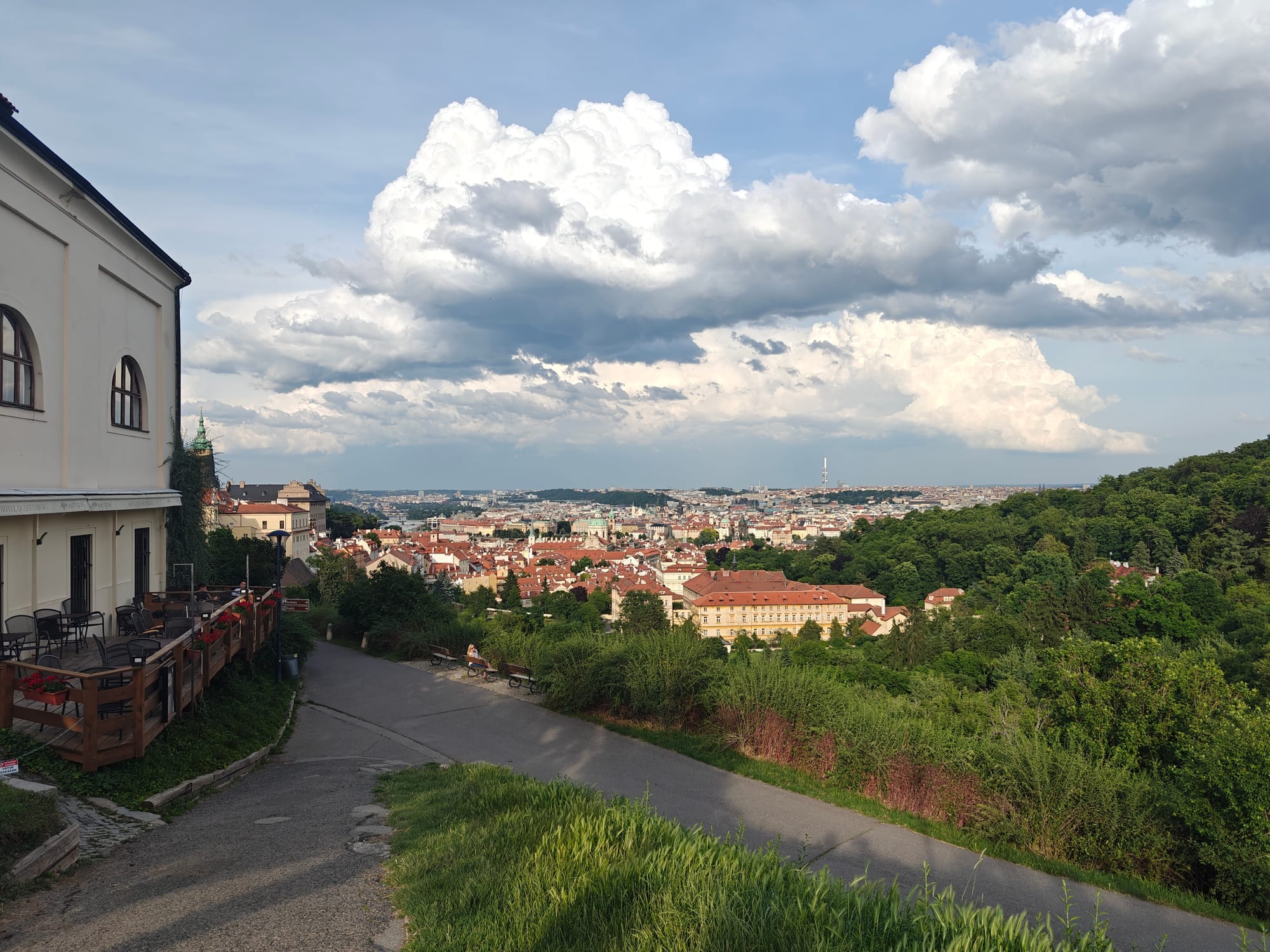


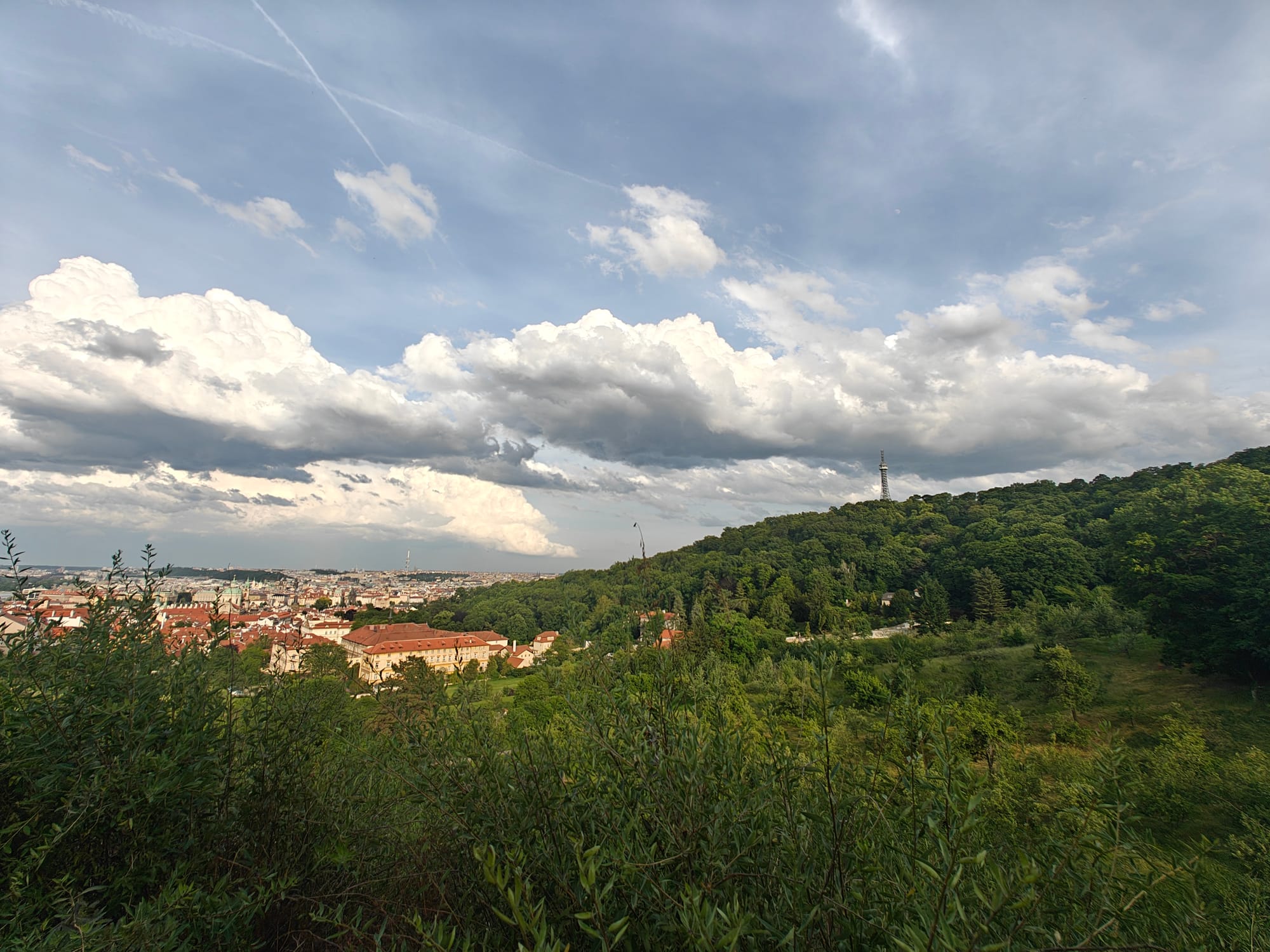
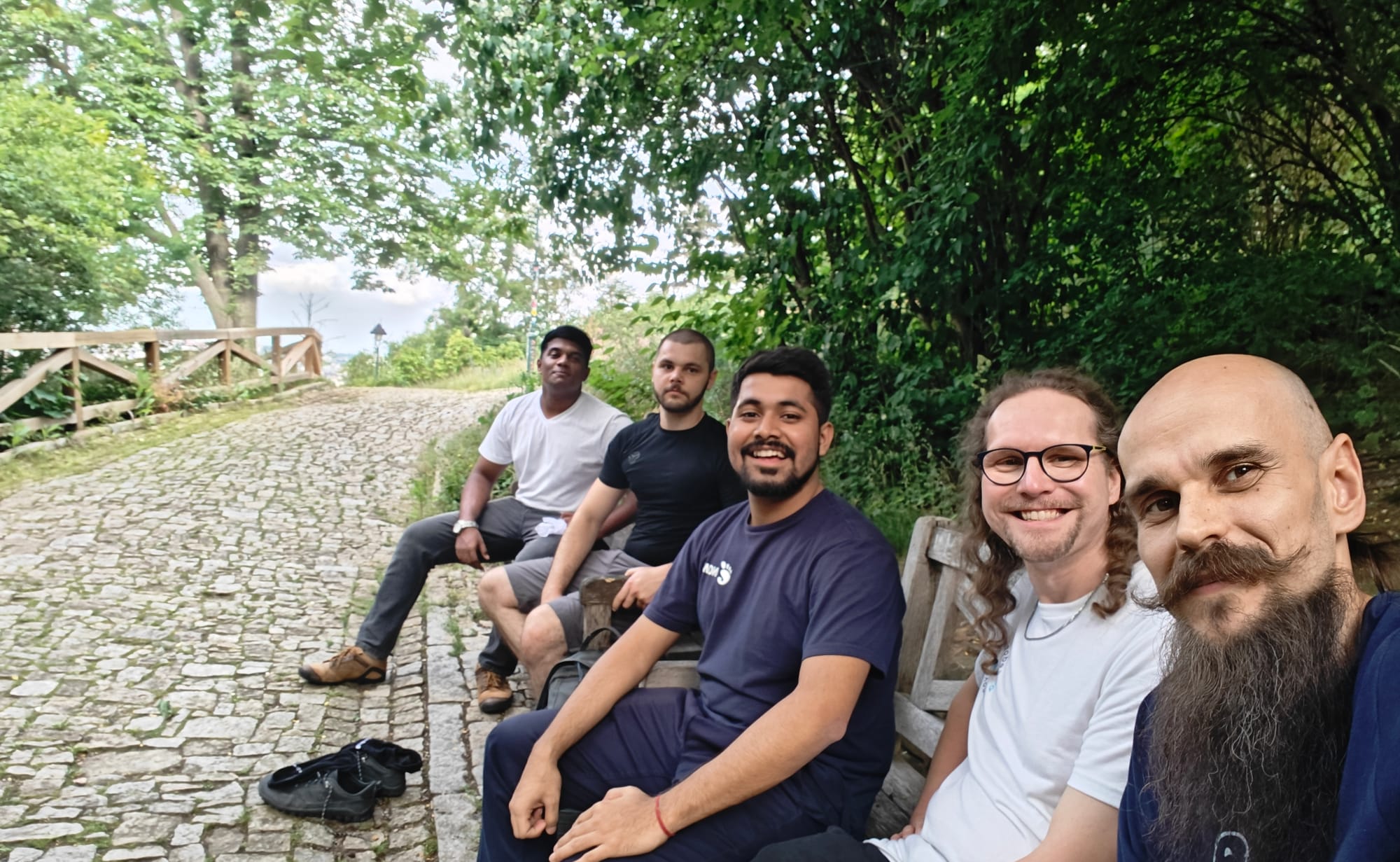
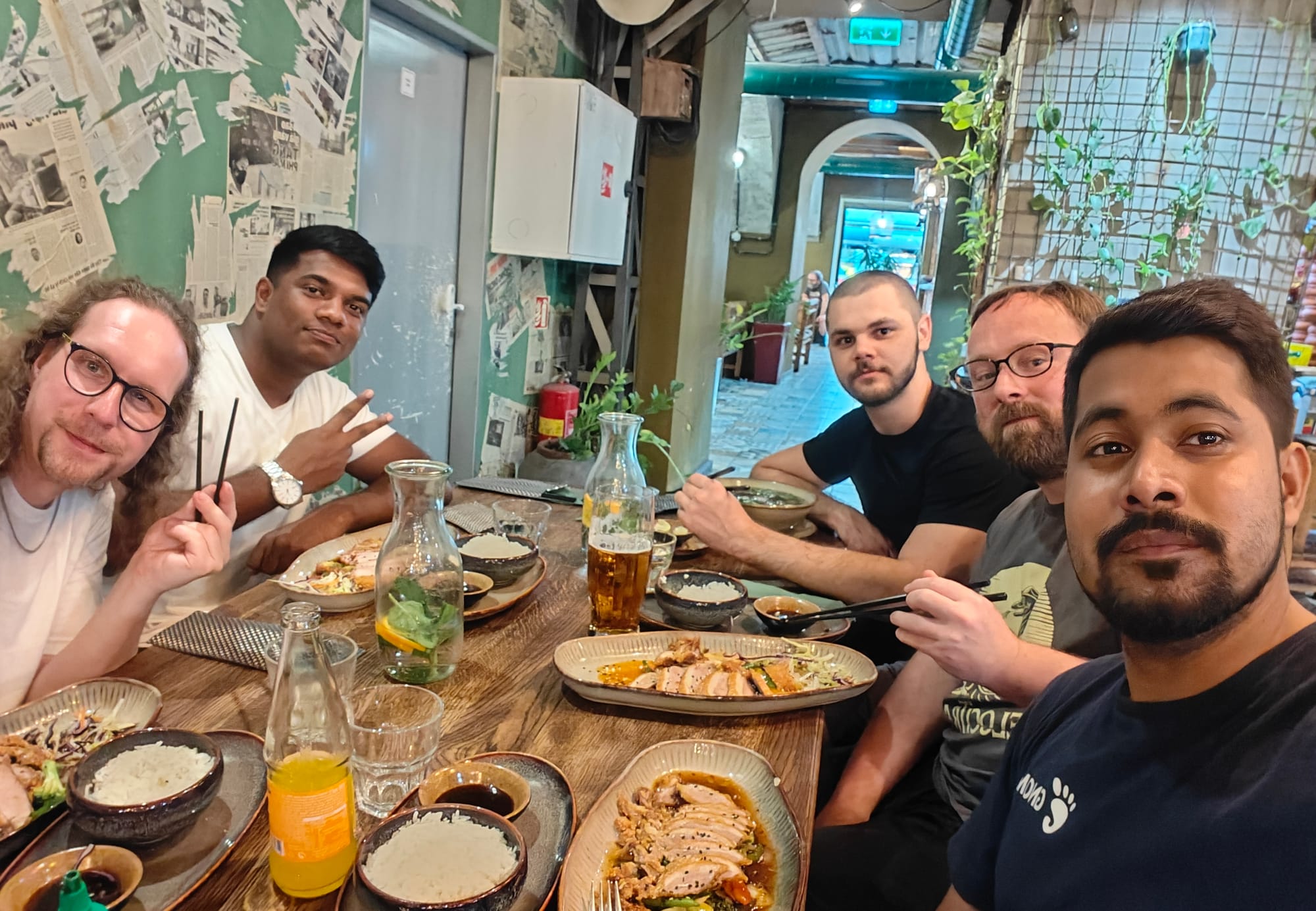





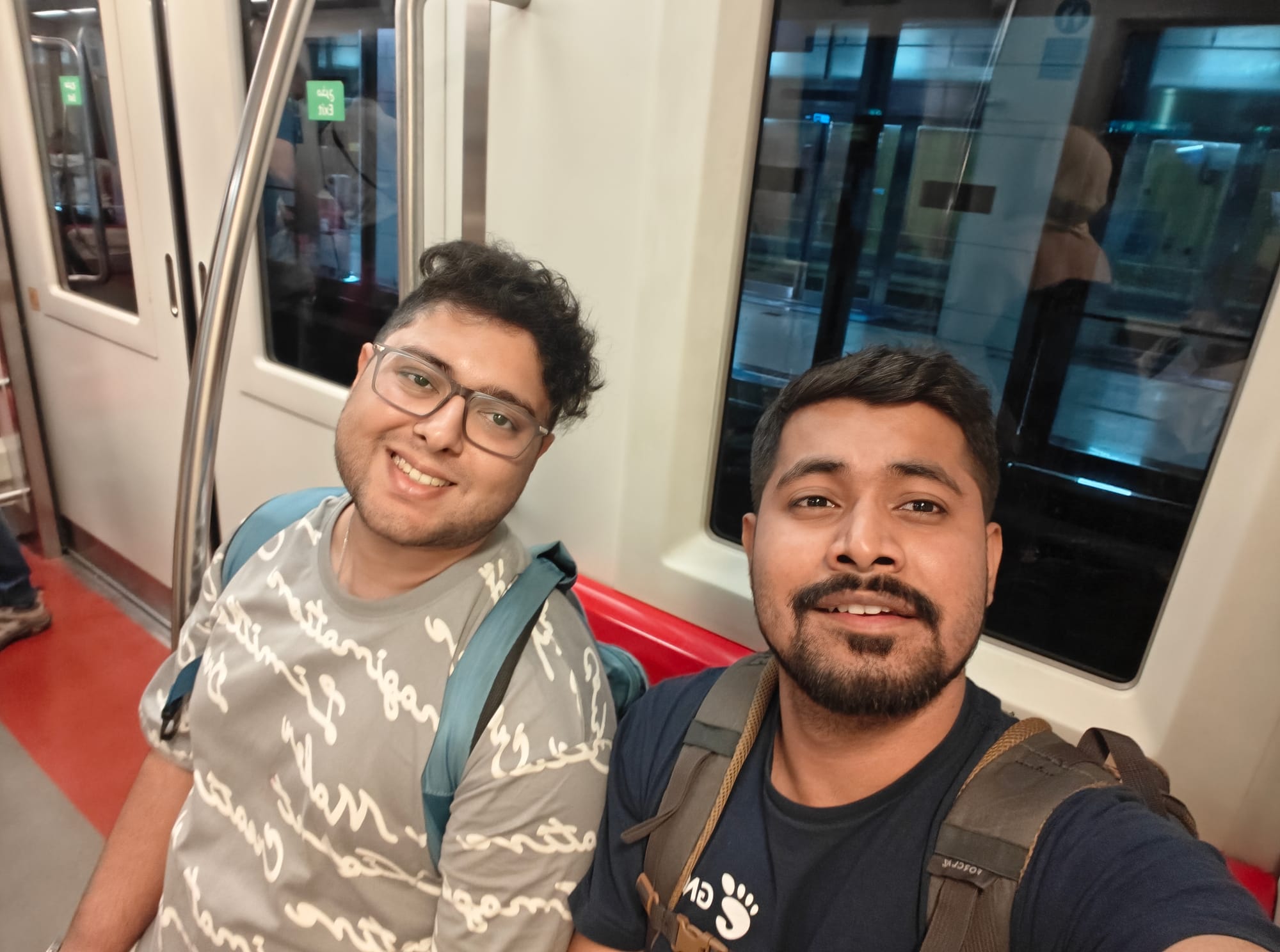

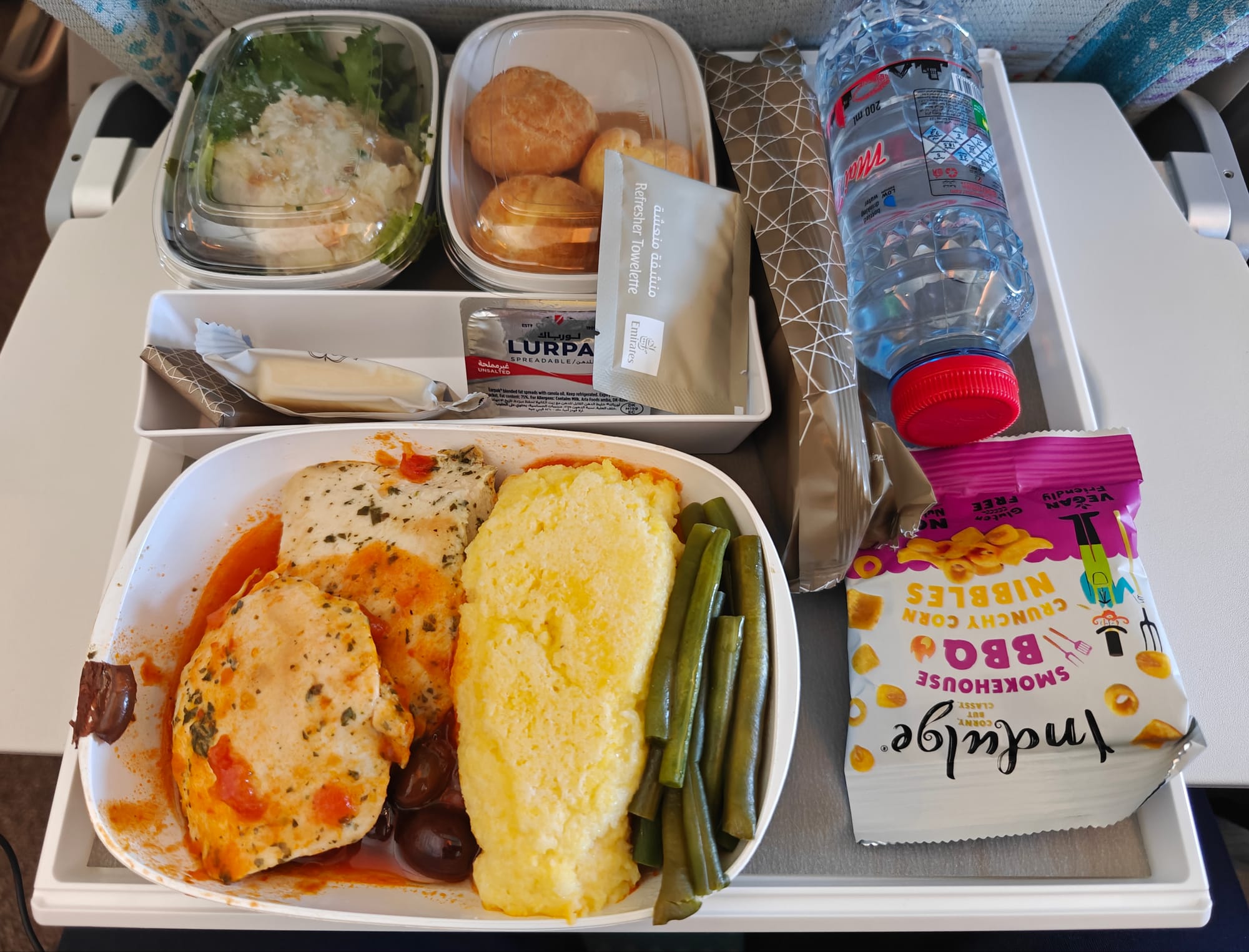

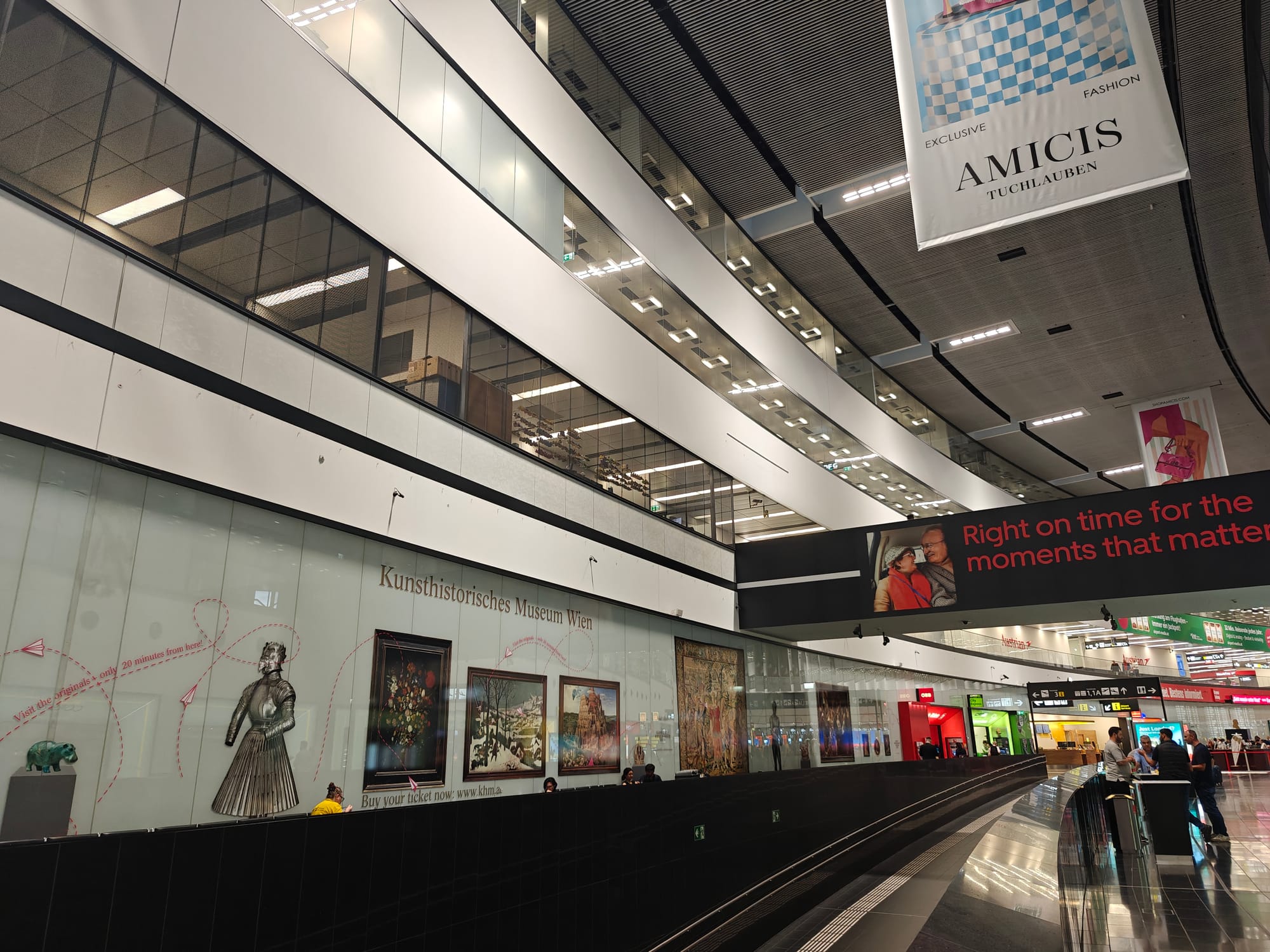



 Introduction: What is dracut?
Introduction: What is dracut? Installing dracut (if not already available)
Installing dracut (if not already available) Basic usage
Basic usage Regenerate the current initramfs
Regenerate the current initramfs Understanding key dracut options (with examples)
Understanding key dracut options (with examples) Test cases and real-world scenarios
Test cases and real-world scenarios Advanced use: Debugging and analysis
Advanced use: Debugging and analysis Where is dracut configuration stored?
Where is dracut configuration stored? Note: Always include a space at the beginning and end of the value when using += in these configuration files. These files are sourced as Bash scripts, so
Note: Always include a space at the beginning and end of the value when using += in these configuration files. These files are sourced as Bash scripts, so
 Final thoughts
Final thoughts This article is dedicated to my wife, Rupali Suraj Patil, for her continuous support and encouragement.
This article is dedicated to my wife, Rupali Suraj Patil, for her continuous support and encouragement.
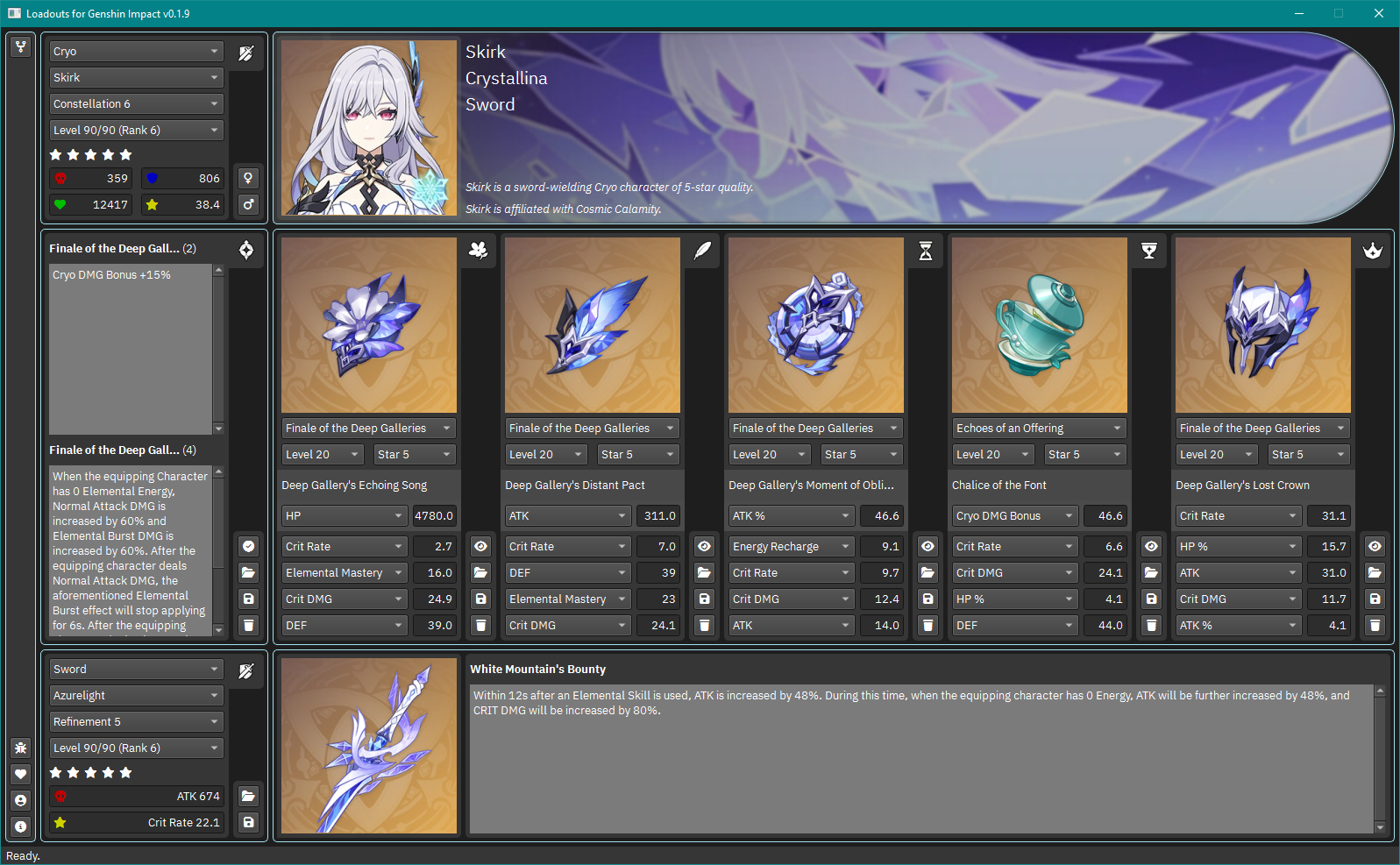
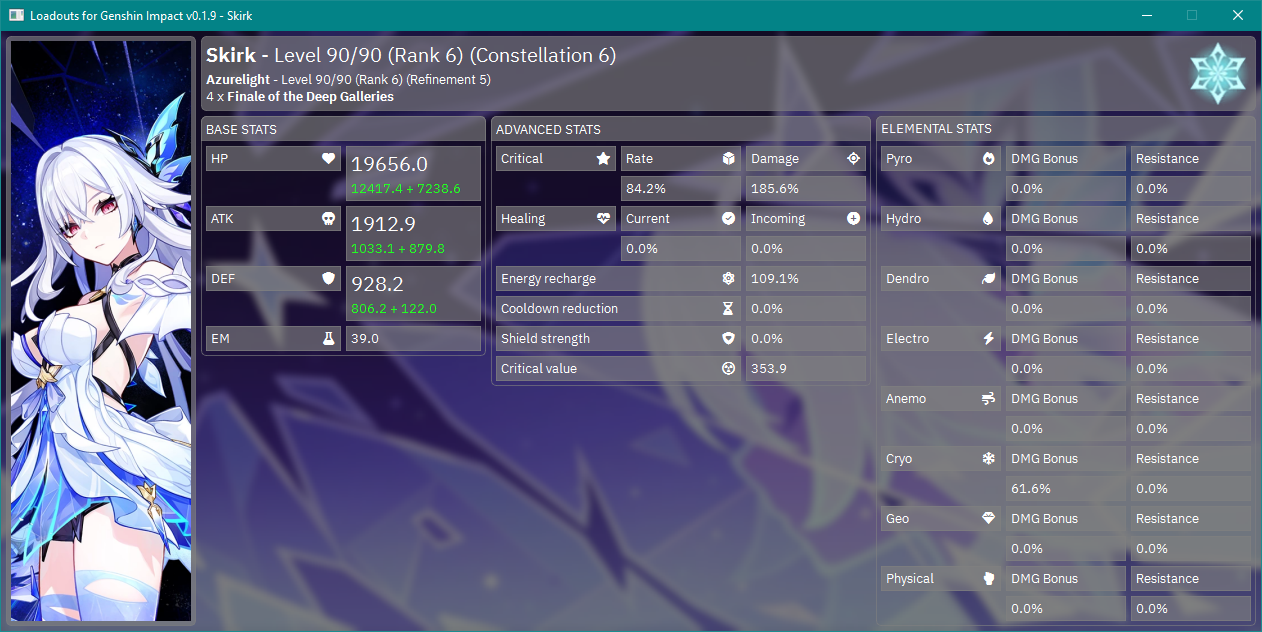
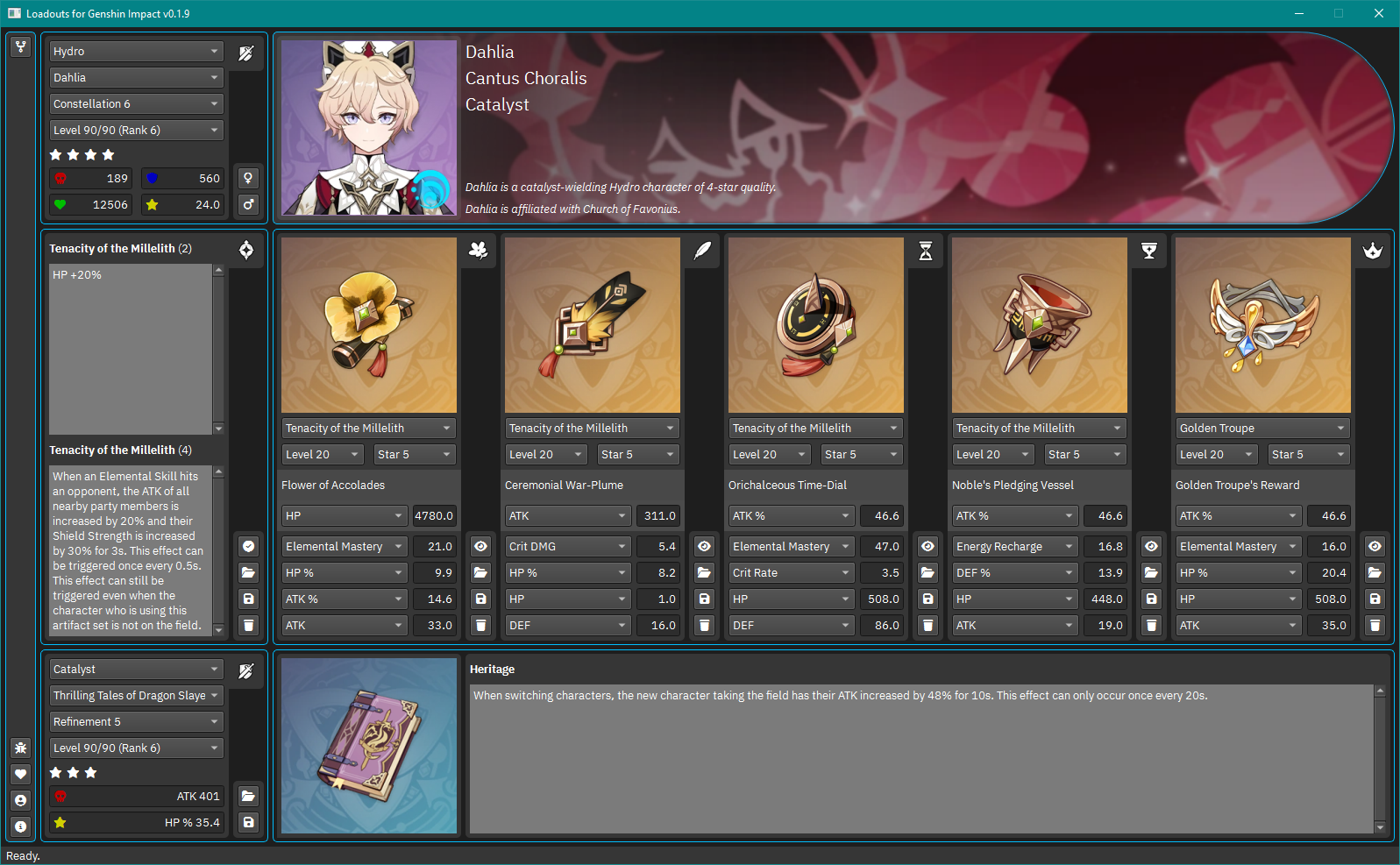
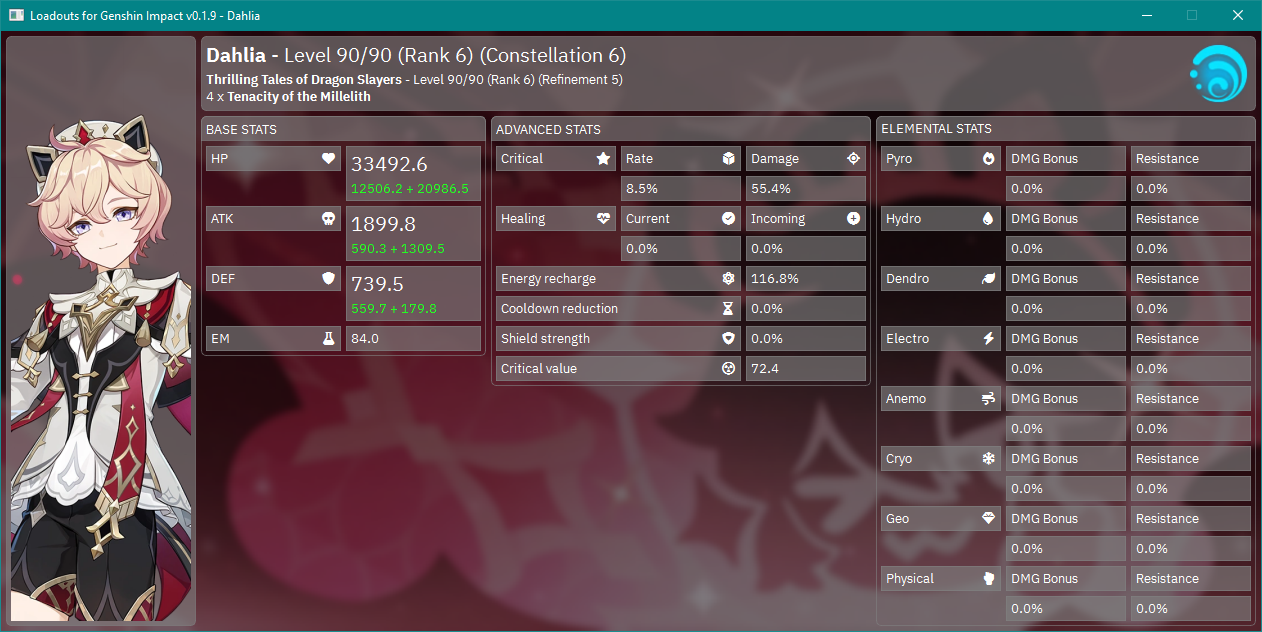

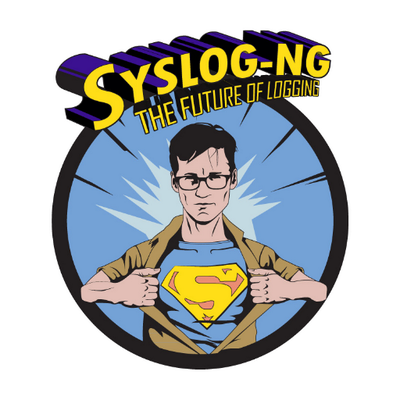












 Cheers – I’m enjoying my journey.
Cheers – I’m enjoying my journey.
comments? additions? reactions?
As always, comment on mastodon: https://fosstodon.org/@nirik/114802872655170817